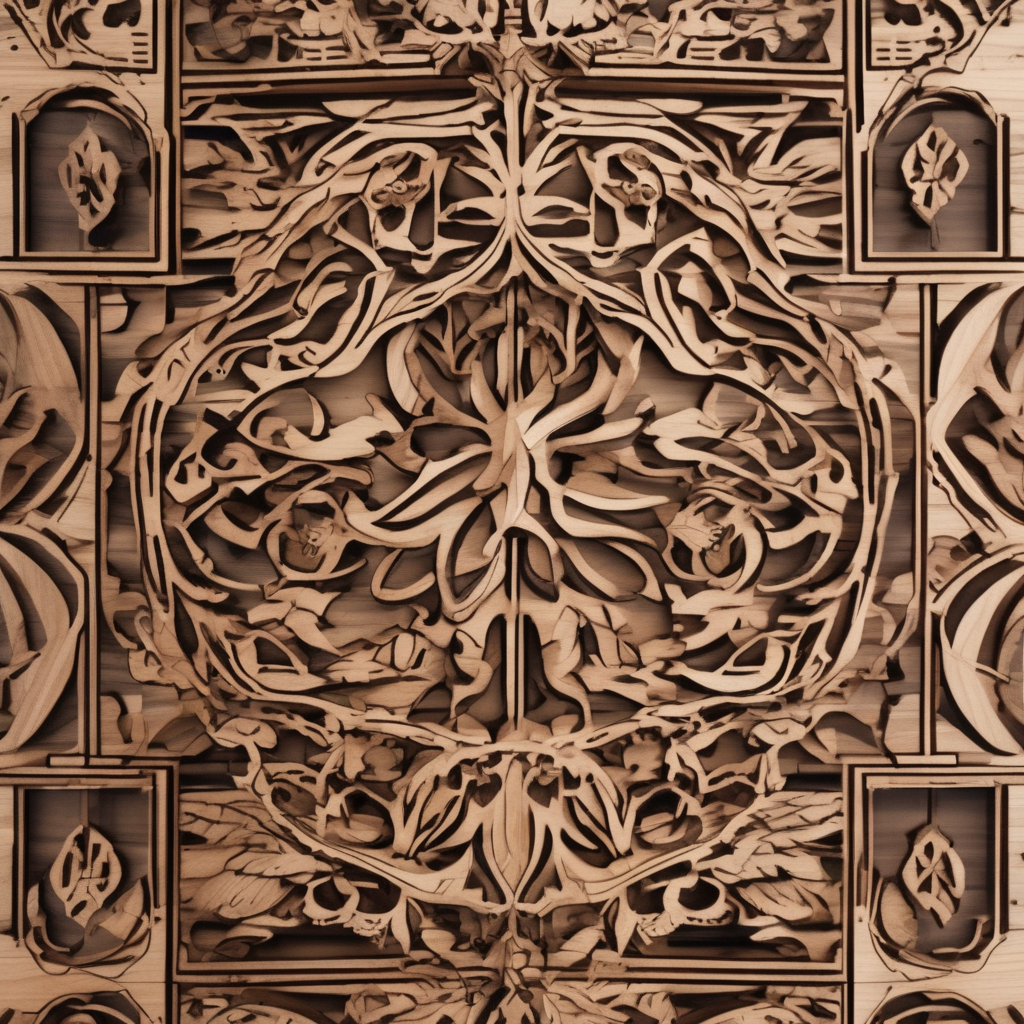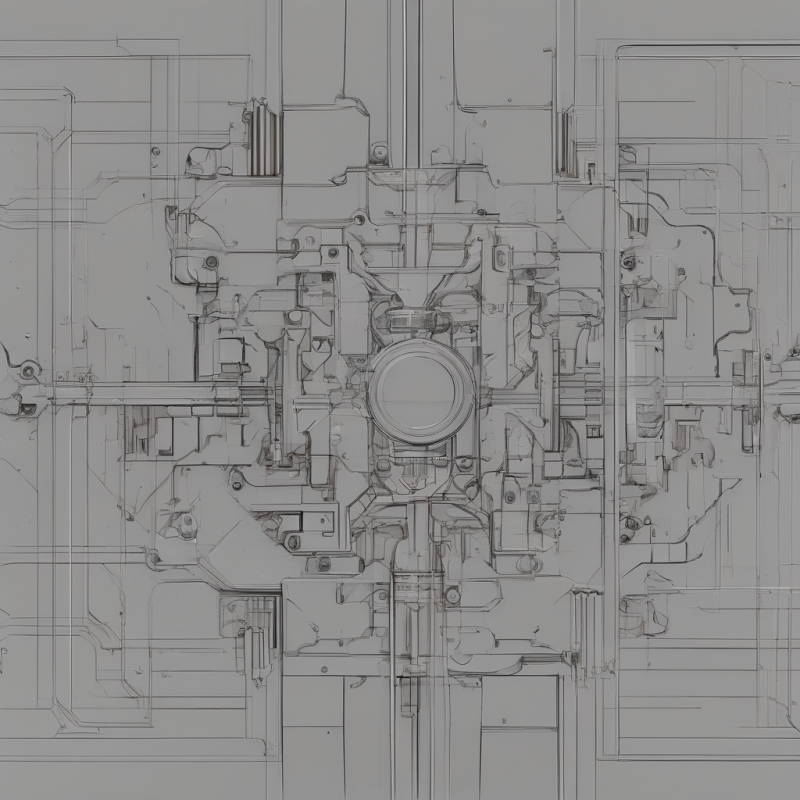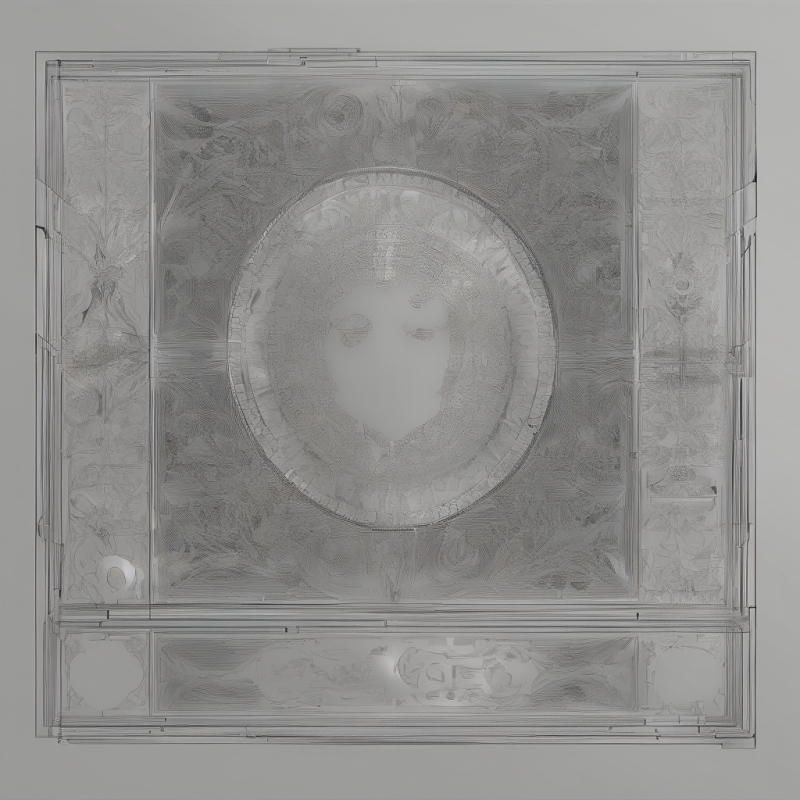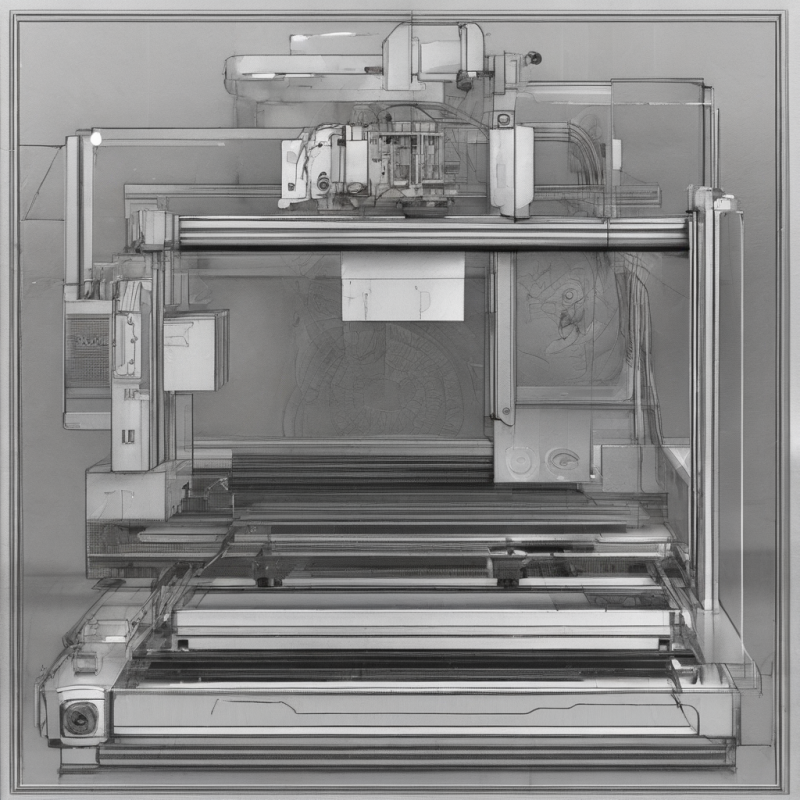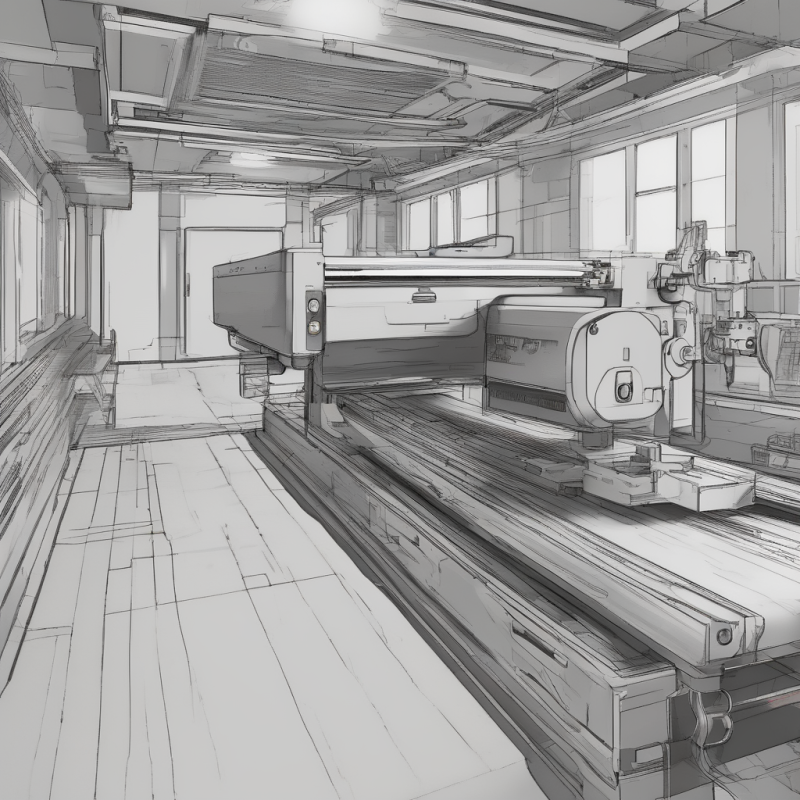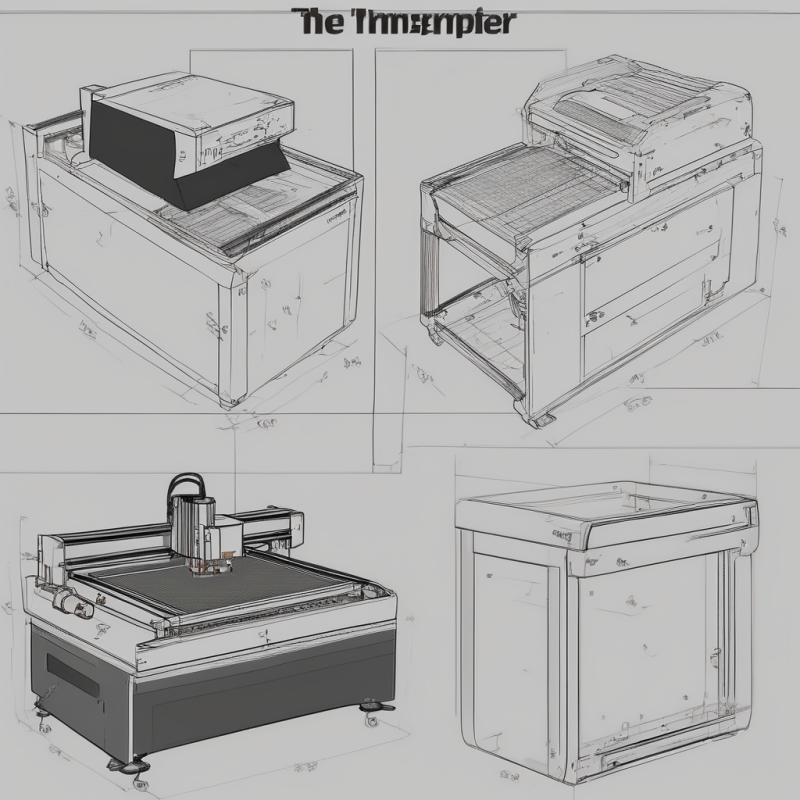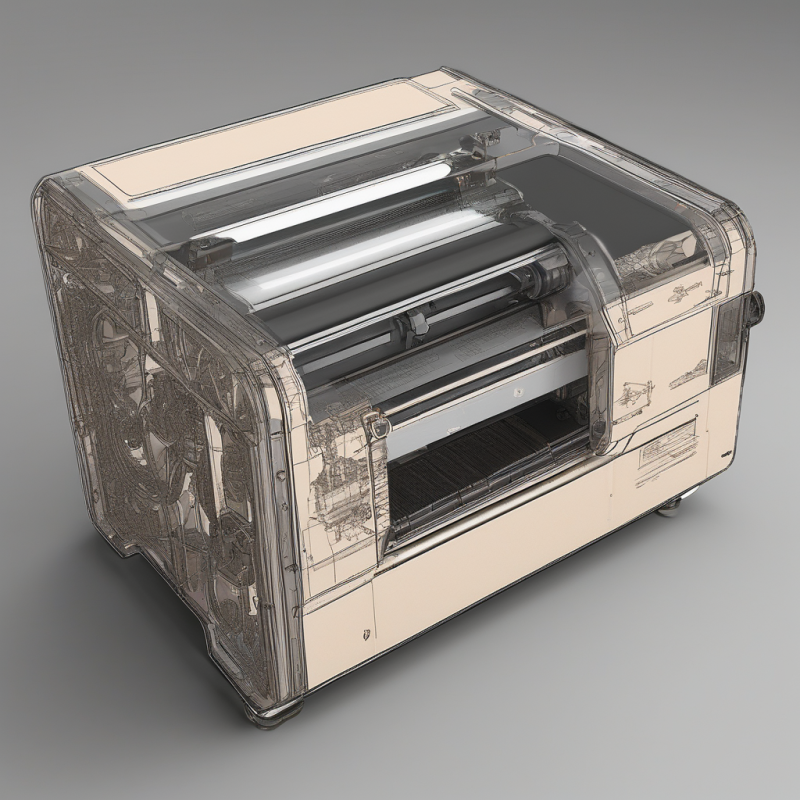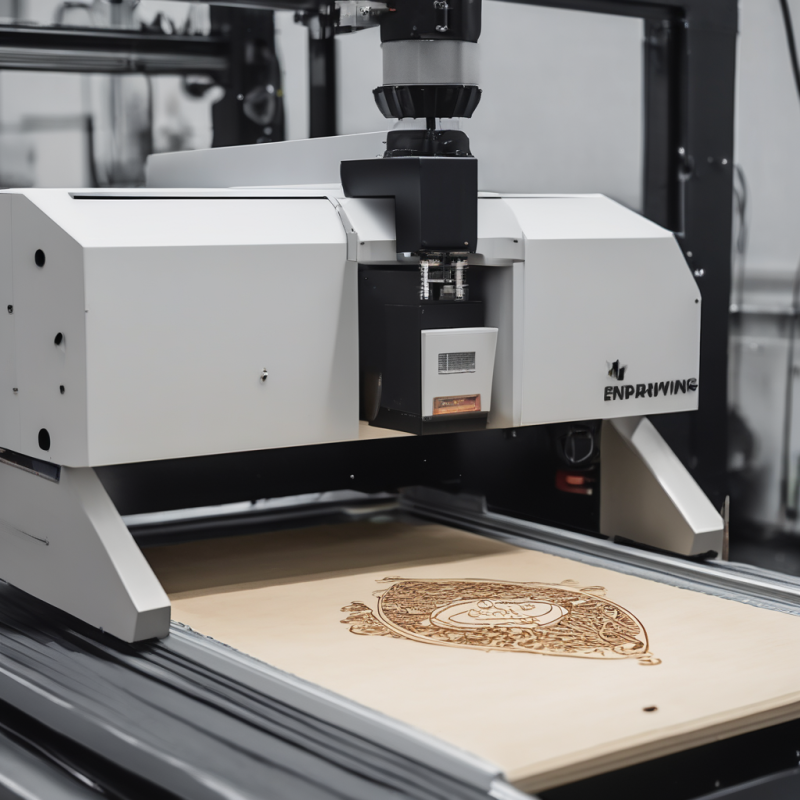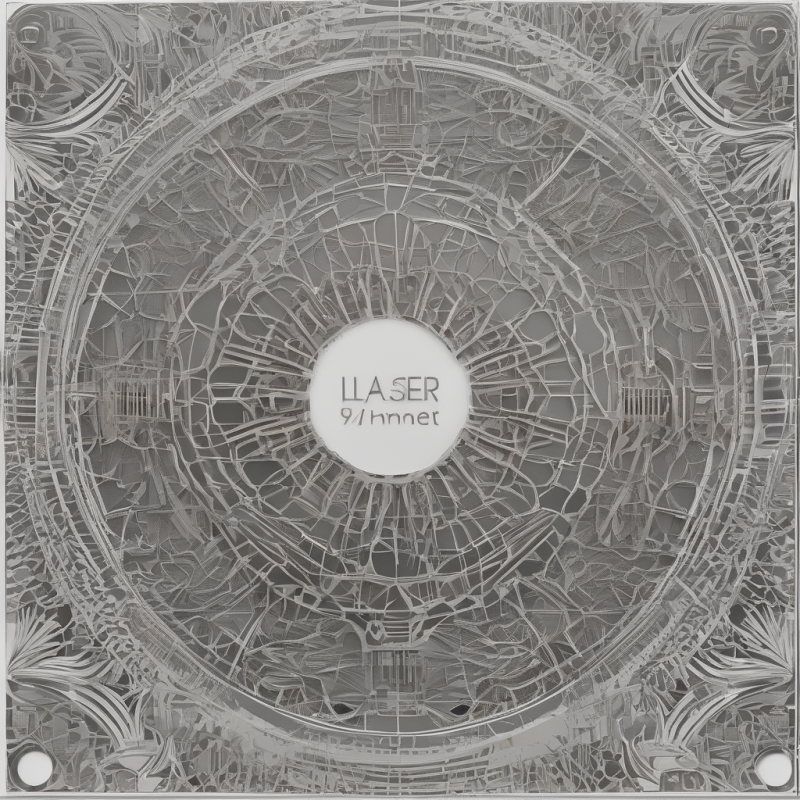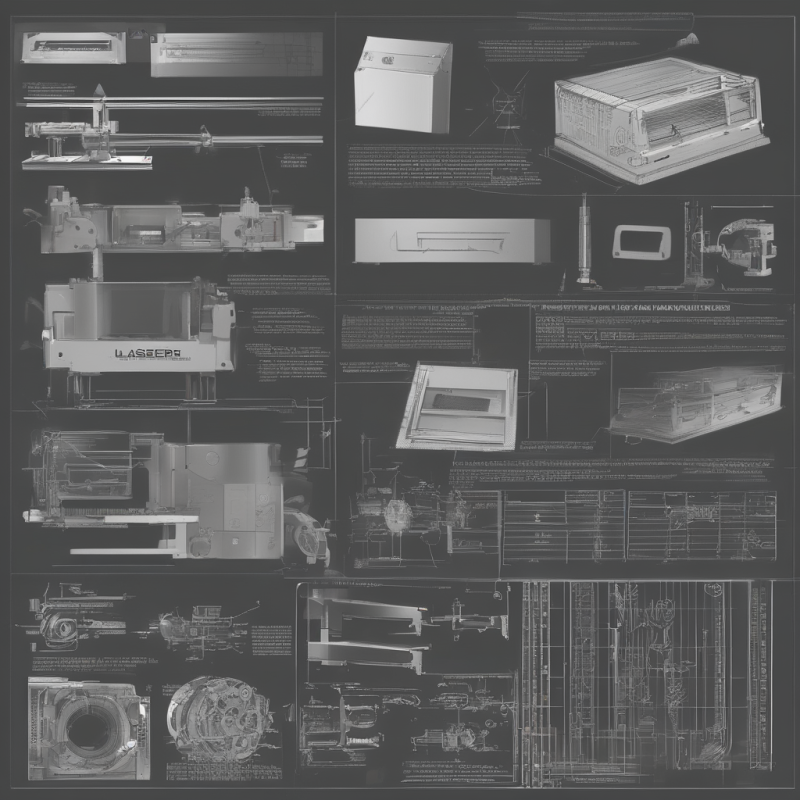The Best Wood Options for Laser Engraving: A Comprehensive Guide
Laser engraving has become one of the most popular methods for creating intricate designs on various materials. Among these materials, wood stands out as a versatile and aesthetically pleasing choice. Whether you’re creating custom signs, decorative items, or personalized gifts, wood for laser engraving offers endless possibilities. But not all types of wood are created equal when it comes to laser engraving. This article will explore the best wood options, their characteristics, and how to achieve stunning results using a wood for laser engraving machine.
Types of Wood for Laser Engraving
Choosing the right type of wood is crucial for achieving high-quality engravings. Different woods react differently to laser light, affecting the depth, clarity, and overall appearance of the design. Here are some popular options:
- Mahogany: Known for its rich color and fine grain, mahogany is an excellent choice for laser engraving. It produces deep, dark engravings that stand out beautifully against the wood’s natural hue.
- Cherry: Cherrywood has a warm, amber tone that enhances the contrast of engraved designs. Over time, it develops a lustrous patina, adding to its charm.
- Oak: Oak is a durable and versatile option with a distinctive grain pattern. It works well for both shallow and deep engravings, offering a classic look.
- Maple: Maple wood has a light color and smooth surface, making it ideal for detailed designs. Its uniform texture ensures even engraving results.
- Birch: Birchwood is another popular choice due to its pale color and fine grain. It’s often used for decorative items and signs because of its ability to showcase intricate patterns.
Each type of wood has unique properties, so it’s essential to consider your project’s requirements before making a selection. For example, if you’re looking for a budget-friendly option, pine is a great choice, though it may not offer the same level of detail as harder woods.
Advantages of Using Wood for Laser Engraving
Wood offers several advantages that make it a favorite among crafters and professionals alike:
- Versatility: Wood can be engraved with a wide range of designs, from simple patterns to complex illustrations.
- Durability: Unlike paper or plastic, wood is long-lasting and resistant to wear and tear.
- Natural Aesthetics: The organic texture and color variations of wood add a unique charm to each project.
- Ease of Use: With the right equipment, such as a high-quality laser engraving machine, wood is relatively easy to work with.
These benefits make wood an excellent choice for both small-scale projects and large commercial applications. Whether you’re creating custom furniture, signage, or decorative items, wood for laser engraving ensures professional-grade results every time.
Preparing Wood for Laser Engraving
Before you start engraving, it’s important to properly prepare your wood to achieve the best results. Here are some tips:
- Sanding: Sand the surface of the wood to ensure it’s smooth and free of imperfections. This will help the laser create clean, sharp lines.
- Cleaning: Wipe the wood with a damp cloth to remove any dust or debris that could interfere with the engraving process.
- Choosing the Right Thickness: Thicker wood is better for deep engravings, while thinner pieces work well for shallow designs. Experiment with different thicknesses to find what works best for your project.
Proper preparation ensures that your engraving will look polished and professional. It also extends the life of your laser machine by reducing wear and tear caused by uneven surfaces.
Tips for Achieving Perfect Engravings
To get the most out of your , consider these tips:
- Adjust Settings Properly: Experiment with different power levels, speeds, and focal points to achieve the desired depth and clarity of your engraving.
- Use Vector Files: For best results, use vector-based designs that can be scaled without losing quality. Raster images may not produce as sharp or detailed engravings.
- Add Protective Coatings: After completing your engraving, consider applying a clear coat or wax to protect the wood and enhance its appearance.
By following these tips, you can create stunning laser-engraved designs that are both durable and visually appealing.
Maintenance of Laser-Engraved Wood
To ensure your laser-engraved wood remains in excellent condition for years to come, proper maintenance is essential. Here are some care tips:
- Avoid Moisture: Keep your engravings away from water and humidity to prevent warping or discoloration.
- Clean Gently: Use a soft cloth to wipe away dust and dirt. Avoid using harsh chemicals that could damage the surface.
- Reapply Protective Coatings: Over time, protective coatings may wear off. Reapplying them helps maintain the wood’s finish and prevents fading.
With proper care, your laser-engraved wood projects will retain their beauty and integrity for many years.
Conclusion
Wood is an ideal material for laser engraving due to its versatility, natural aesthetics, and durability. By selecting the right type of wood and preparing it properly, you can create stunning designs that captivate and impress. Whether you’re a hobbyist or a professional, investing in a high-quality laser engraving machine will elevate your woodworking projects to new heights.
If you’re ready to take your laser engraving skills to the next level, consider exploring the wide range of available on the market. With the right tools and techniques, you can unlock your creative potential and bring your vision to life.
Happy engraving!

